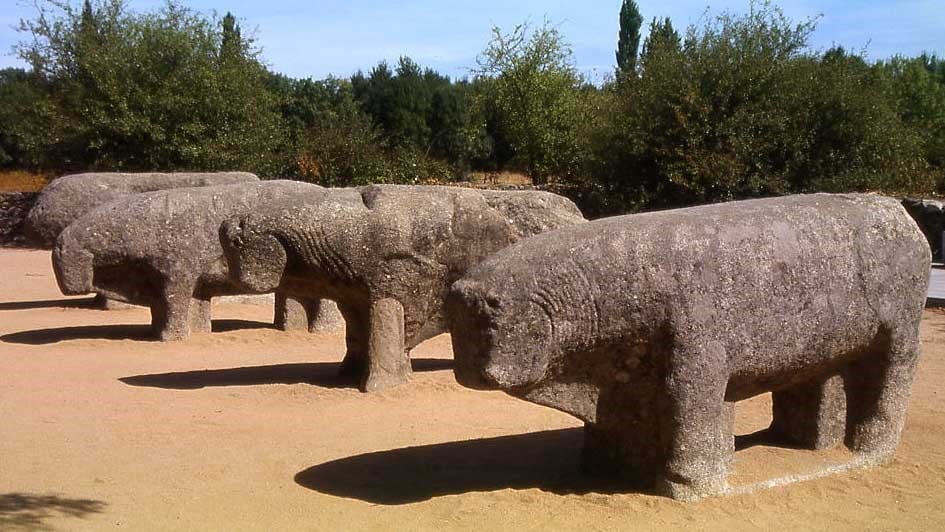The imposing figure of a bull is intrinsically linked to the land of iberia from past times. Smooth strokes-impregnated ancient stones collected in shelters and caves, where, before he was born the history, our ancestors already reflected on the special relationship maintained with the horned inhabitants of Iberia. Elevated to deity, became legendary, revered for its strength and ferocity from the egyptian desert, passing by the roman circus and arriving at the pasture the iberian peninsula, the various cultures have bequeathed to us the character totemic of this animal.
Games of Bulls
The bull rope is the generic name common with designating the different ways of running the cattle subject to a cord, rope, or rope, in different towns and localities of the Iberian Peninsula, some countries of the mediterranean area and Latin america.

It is a ritual that involves risk and excitement, of a very ancient practice that is found along with some other lucky taurine popular in the origins of the art of bullfighting. Basically, it consists in the release of a running subject by one or several ropes, ropes or cordage in order to control their evolutions and attacks or attacks.
Since the dawn of time, man has sought to challenge and play with the bull, measured and challenge the strength and fierceness of it, to face it and take a risk to body clean. Originally these “games” in the mediterranean world were features that had a religious significance, and sacrificial. In the mesopotamian cultures, passing through Egypt, Greece and Rome, the bull is understood as an element to be consecrated.
In the mythology, which comes to represent the collective unconscious of peoples, the bulls have a significant presence.
What we find so attached to rites solar and fecundity, or fertility in the functions and religious rituals and entertainment of the ancient cultures and civilizations. However, already in the roman world many of these religious rituals and sacrificial lost their meaning, in large part by the abuse that was done for them to be generalized and be carried out with any pretext or celebration. By becoming a shows playful descontextualizaron, and they came to losing much loading religious.




Do you like it? Go click and share!